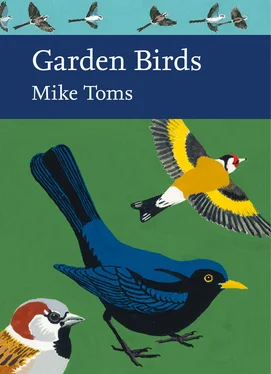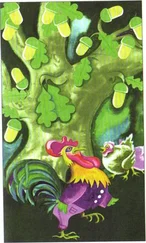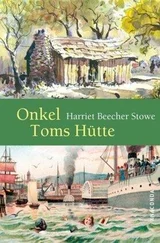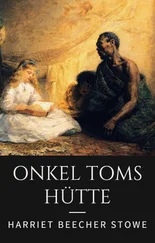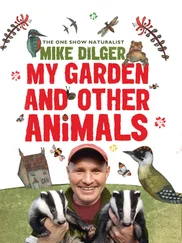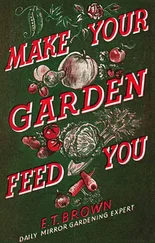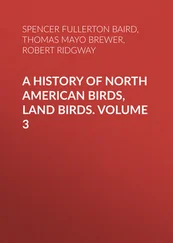The last chapter is an extremely useful compendium of succinct accounts of the most regularly observed garden birds, with, in each case, tabulated biological data (clutch size, incubation period, breeding attempts per annum, etc.) followed by an account of the particular relevance of the species to our gardens. It lists, without fear or favour, ‘the good, the bad and the ugly’ of garden birds and items of fascination too numerous to note, other than to offer examples. Few outside the southeast of England would have considered the Ring-necked Parakeet Psittacula krameri as a garden bird, but these raucous and colourful aliens (although now with a self-sustaining feral population) can be a domineering force disrupting the feeding and nesting of other species. The Magpie Pica pica, not a popular garden bird, has its evil reputation as a predator of nests and nestlings accurately assessed, and moderated. Perhaps strangest of all, the Red Kite Milvus milvus – which most of us would consider an unlikely garden bird – is now numerous enough near its centres of reintroduction to visit garden feeding stations routinely, and some populations are showing signs of dietary imbalance, the natural food of carcasses, road kills etc. being substantially better for them than the household waste scraps usually on offer in gardens.
Much else of equal fascination awaits – now please do read on and enjoy Garden Birds to the full.
Author’s Foreword and Acknowledgements Contents Cover Title Page Copyright Dedication THIS BOOK IS DEDICATED TO CHRIS MEAD AND DAVID GLUE, WHOSE KNOWLEDGE OF GARDEN BIRDS AND PASSION FOR THEIR STUDY, IS MUCH MISSED. About the Editors EDITORS SARAH A. CORBET, SCD DAVID STREETER, MBE, FIBIOL JIM FLEGG, OBE, FIHORT PROF. JONATHAN SILVERTOWN PROF. BRIAN SHORT * The aim of this series is to interest the general reader in the wildlife of Britain by recapturing the enquiring spirit of the old naturalists. The editors believe that the natural pride of the British public in the native flora and fauna, to which must be added concern for their conservation, is best fostered by maintaining a high standard of accuracy combined with clarity of exposition in presenting the results of modern scientific research. Editors’ Preface Author’s Foreword and Acknowledgements 1 Gardens and Birds 2 Foods and Feeding 3 Nests, Nest Boxes and Breeding 4 Opportunities and Risks 5 Behaviour 6 Birds, Gardens and People 7 Species Accounts References Species Index General Index The New Naturalist Library About the Author About the Publisher
PRIVATE GARDENS PROVIDE OPPORTUNITIES FOR engagement with the natural world, delivering connection with a broad range of different plants and animals. Birds are one of the most obvious and accessible components of the community of species using our gardens, visiting bird tables and hanging feeders, and occupying the nest boxes that we erect for them. Familiar species, like Robin, House Sparrow and Blackbird, provide a common currency, the basis to conversations had between neighbours, relatives and friends. That we choose to engage with garden birds, and talk about their visits and behaviour, underlines the central place that they play in our lives. For those who never venture into the wider countryside, garden birds can provide a window onto the natural world, helping to restore lost connections and contributing to health and well-being. But what about the birds themselves; what role do gardens play in their ecology and behaviour? What do we really know about the risks and benefits that shape how and why birds use gardens and the resources present within them?
Over the past two decades, I have been fortunate enough to have worked on garden birds, and with those who chose to watch them in their gardens. Through ‘citizen science’ projects, most notably the weekly BTO Garden BirdWatch scheme, I have been able to study the different ways in which wild birds use our gardens. I have been able to examine garden use in relation to the wider landscape, exploring both the seasonality of garden use and the longer-term patterns that have followed changes in how we manage the countryside. Thanks to the efforts and support of the volunteers participating in citizen science schemes, I have been able to explore some of the questions surrounding garden use and the role that gardens and their resources play in the lives of visiting birds, addressing the benefits of food provision, the risks of disease transmission and the threats posed by predatory species.
Such research underlines that the ecological processes operating within the garden environment are similar to those operating elsewhere, providing us with opportunities to learn about the wider world and to recognise the role that gardens play within the broader suite of habitats that make up our countryside. Gardens and the wider built environment pose some particular challenges for wild birds; they also offer unique opportunities. The process of urbanisation means that more land will be occupied by urban landscapes and we need to understand the implications of this if we are to deliver built environments that can also work for birds and other wildlife, rather than just for ourselves. Much of the work outlined in this book, carried out by researchers around the globe, delivers the scientific evidence and understanding that we will need as we seek to inform decision-makers and support conservation practitioners. I am fortunate enough to have played a small part in this work, and I hope that reading about it excites you as much as it excites those of us carrying out the research and citizen science.
This book would not have been possible without the help, support and generosity of many people. In particular I would like to thank those with whom I have been fortunate enough to have worked on garden birds: Margaret Askew, Andrew Cannon, Dan Chamberlain, David Glue, Tim Harrison, Donna Hobbs, Becky Lawson, Dave Leech, Amy Lewis, Chris Mead, Kate Plummer, Jacky and Alic Prior, Kate Risely, Clare Simm, Gavin Siriwardena and Paul Stancliffe. I am most grateful to Myles Archibald, Hazel Eriksson, Julia Koppitz and the staff at William Collins; to Jim Flegg and the New Naturalist Editorial Board, and to Tom Cabot for his work on design and layout. Once again, I have been extremely fortunate to have my words graced by cover artwork produced by Robert Gillmor. The photographs that grace this book and bring the text to life were very generously and kindly provided by Mark Grantham, John Harding, Jill Pakenham, Hazel Rothwell, Tom Streeter and Moss Taylor, to all of whom I am very grateful. Thanks are also due to the staff of the BTO, its volunteers and those who have supported the work on garden birds through projects like Garden BirdWatch. The BTO, its staff and volunteers are truly inspirational and I am very grateful to have found such a wonderful place of employment. Finally, I would like to thank Annabel Hill for her love and support, and for helping to make this book possible.
Mike Toms
November 2018
CHAPTER 1 1 Gardens and Birds 2 Foods and Feeding 3 Nests, Nest Boxes and Breeding 4 Opportunities and Risks 5 Behaviour 6 Birds, Gardens and People 7 Species Accounts References Species Index General Index The New Naturalist Library About the Author About the Publisher
Gardens and Birds 1 Gardens and Birds 2 Foods and Feeding 3 Nests, Nest Boxes and Breeding 4 Opportunities and Risks 5 Behaviour 6 Birds, Gardens and People 7 Species Accounts References Species Index General Index The New Naturalist Library About the Author About the Publisher
PRIVATE GARDENS ARE A FEATURE of most of the dwellings found within the UK. A study by Davies et al. (2009), using data from a number of different datasets, put the proportion of households with an associated garden at 87 per cent. The researchers then used this information, alongside figures for mean garden size and the number of households, to calculate the total area of gardens within the UK. The resulting figure, some 432,964 ha, represents an area larger than the county of Suffolk but still an order of magnitude less than the 4.7 million ha of UK land that is under statutory protection.
Читать дальше
